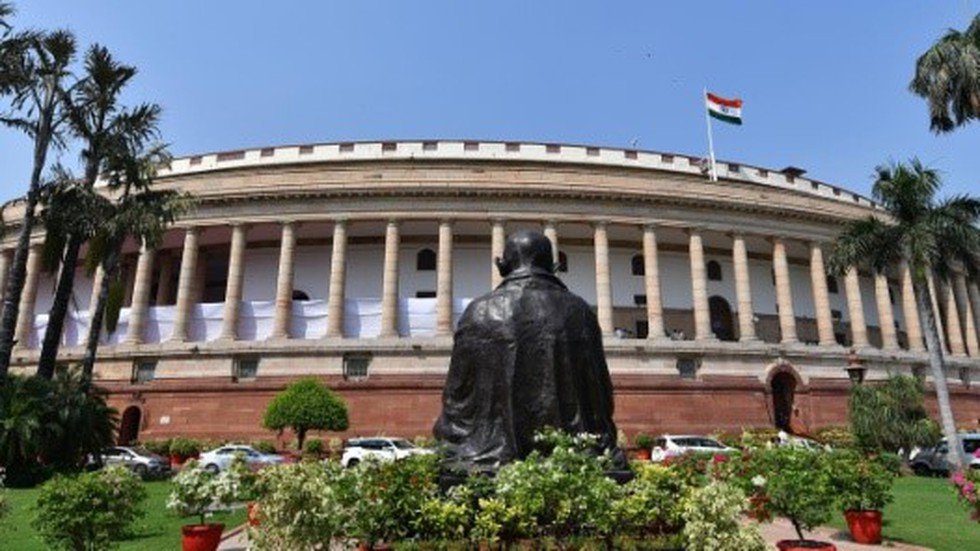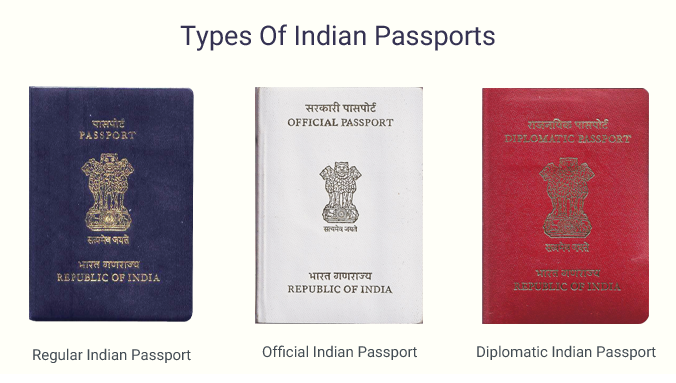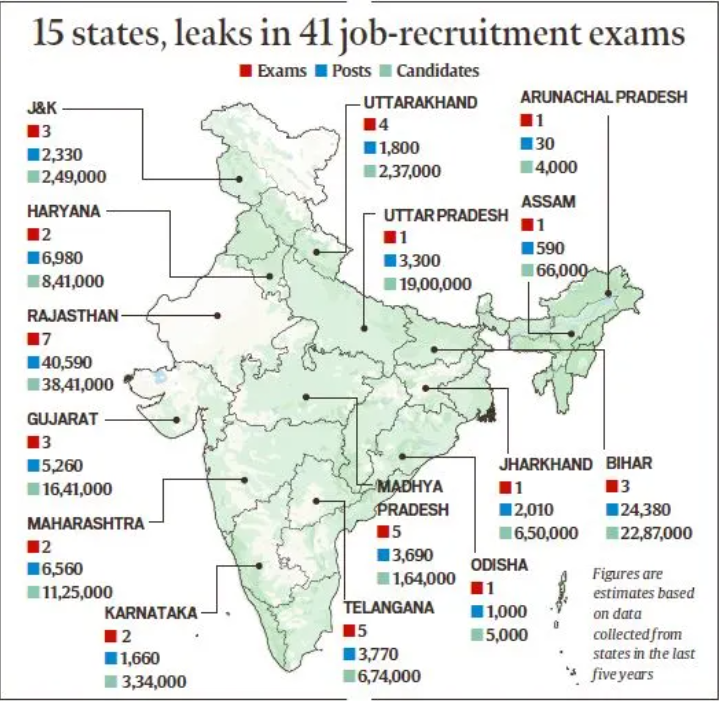
India’s Arctic Expedition
Subscribers of "Current Affairs" course can Download Daily Current Affairs in PDF/DOC
Subscribe to Never Miss an Important Update! Assured Discounts on New Products!
Must Join PMF IAS Telegram Channel & PMF IAS History Telegram Channel
- Context (IE): The Ministry of Earth Sciences launched India’s 1st winter scientific expedition to Arctic.
- Context (TH): In March 2024, India’s first winter experience in the Arctic ended successfully.
Why is India undertaking winter expeditions to the Arctic?
- It would cater to new scientific projects in atmospheric and space sciences.
- It will address the knowledge gap and data deficiency during winter polar nights, especially in atmospheric and biological sciences and space physics.
- It makes India among select nations with extended in-time operations in the Arctic.
Reasons for the growing interest in the Arctic
- Arctic warming: The faster-than-estimated warming of the Arctic and related impacts on climate led to a change in the needs.
- Trade route: India is seized of the opening up of Arctic Sea routes, primarily the Northern Sea Route, and would like to route Indian trade through the region, which would reduce shipping costs.
- Geopolitics: China’s growing investment in the Arctic and Russia’s decision to grant China expanded access to the Northern Sea Route increased India’s focus on the Arctic region.
What makes the Arctic challenging for scientific explorations?
- Limited access, harsh climate, several months of darkness.
- Presence of dangerous wildlife like polar bears.
- Limited space for independent studies.
- Geopolitical complications, such as the current war between Ukraine and Russia.
Potential for collaboration
- Norway, the Present chair of the Arctic Council, has close ties with India. Both have collaborated to investigate changing conditions in the Arctic and Antarctic and their impact on South Asia.
- Denmark and Finland: Indian collaboration has come in areas such as waste management, pollution control, renewable energy, and green technology.
- Participation in Arctic Council’s working groups: India can play a greater role in tackling issues such as the blue economy, infrastructure, and responsible resource development.
- Responsible image: India’s ‘responsible stakeholder’ credentials result in greater collaboration scope.
Compared to the number of expeditions to Antarctica, why has India undertaken fewer and only summer-time expeditions to the Arctic?
- Antarctica is a no-man’s land governed by an independent treaty called the Antarctic Treaty. Thus, it is open for all countries to set up stations and facilities to undertake scientific studies.
- The Arctic has limited space for independent studies as the region belongs to various Arctic countries with national jurisdictions and competing interests.
- In the absence of facilities for wintering observations and sampling, India has restricted its activities to mostly spring-summer-autumn time till date.
Way forward
- India’s Arctic Policy: The policy must be followed in letter and spirit.
- Addressing environmental concerns: While the Indian government seems keen to benefit from seabed mining and resource exploitation in the Arctic, it needs a sustainable extraction mode.
India’s Arctic Policy
- Launched by the Ministry of Earth Science in 2022.
- 6 pillars of India’s Arctic Policy:
- Science and Research,
- Climate and Environmental Protection,
- Economic and Human development,
- Transportation and Connectivity,
- Governance and International Cooperation,
- National Capacity Building.
- India’s interests in the Arctic region are scientific, environmental, commercial as well as strategic.
- Nodal agency for the Indian Arctic & Antarctic Programmes: National Centre for Policy and Ocean Research (NCPOR), Ministry of Earth Sciences.

Arctic Region
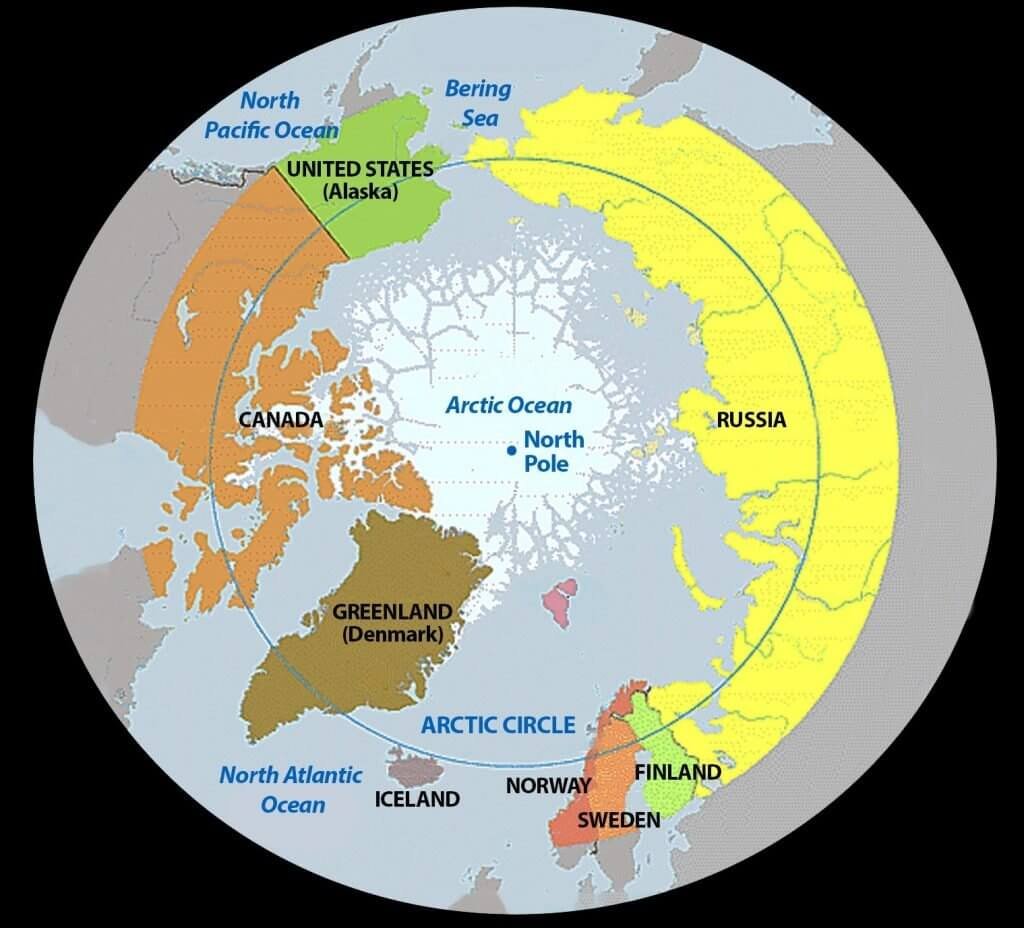
- It is the northernmost region of the Earth, spreading around the North Pole.
- It consists of the Arctic Ocean, adjacent seas, and parts of Canada, Denmark (Greenland), Finland, Iceland, Norway, Russia, Sweden, and the United States (Alaska).
- It is the smallest and shallowest ocean of the five principal oceans on the Earth.
- It is partly covered by sea ice (frozen seawater that floats on the ocean surface) throughout the year, and almost completely during the winter months.
- The Arctic Ocean’s surface temperature and salinity vary seasonally depending on the freezing and thawing of the ice cover.
- Its salinity is the lowest, on average, of the 5 major oceans due to low evaporation, heavy freshwater influx from rivers and streams, and limited connection and outflow to surrounding oceanic waters.
- The Ocean is home to the longest continental shelf in the world.
- Though considered a “Global Common” it does not have an international regime to identify it as such. Being an Ocean, it is governed by the United Nations Convention on Law of the Sea (UNCLOS).
|






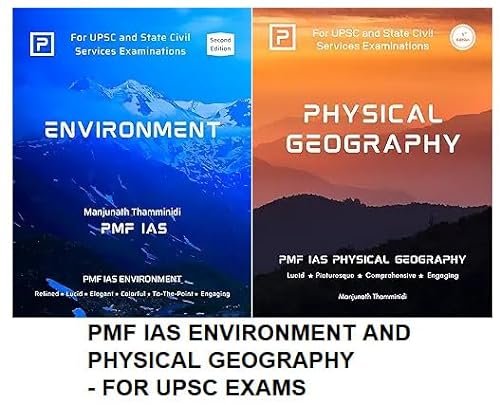
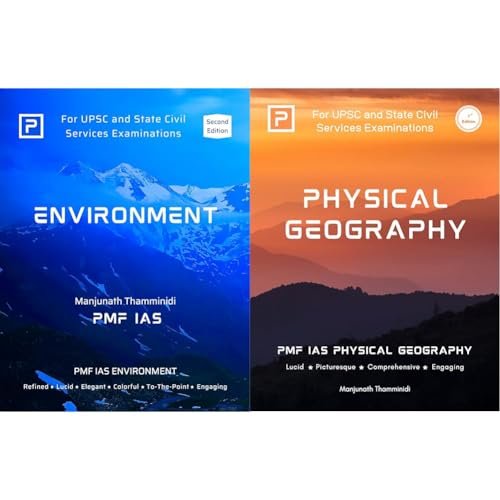
![PMF IAS Environment for UPSC 2022-23 [paperback] PMF IAS [Nov 30, 2021]…](https://pmfias.b-cdn.net/wp-content/uploads/2024/04/pmfiasenvironmentforupsc2022-23paperbackpmfiasnov302021.jpg)
